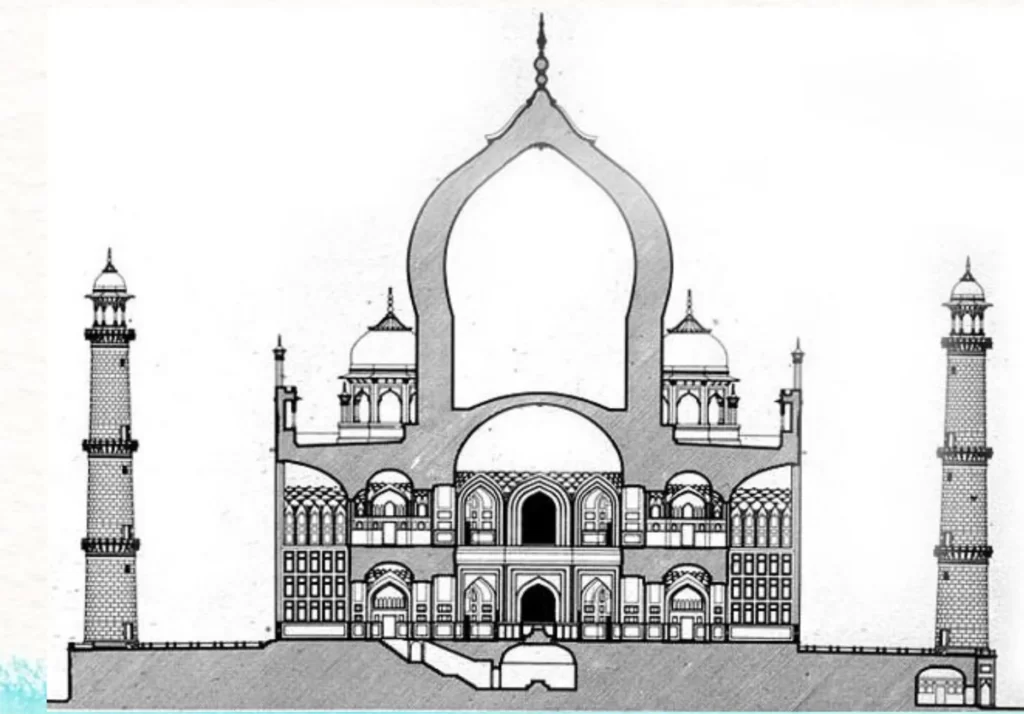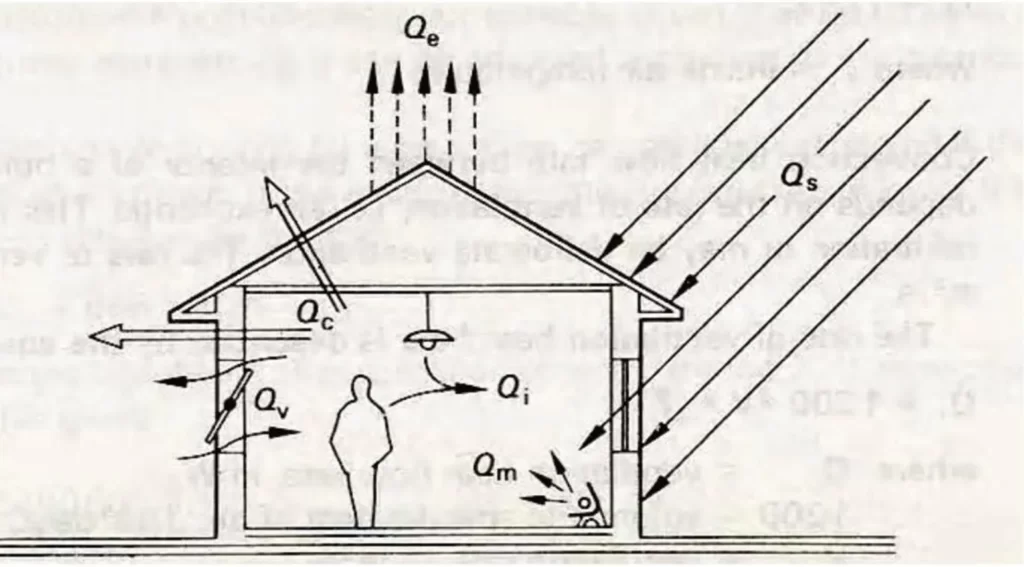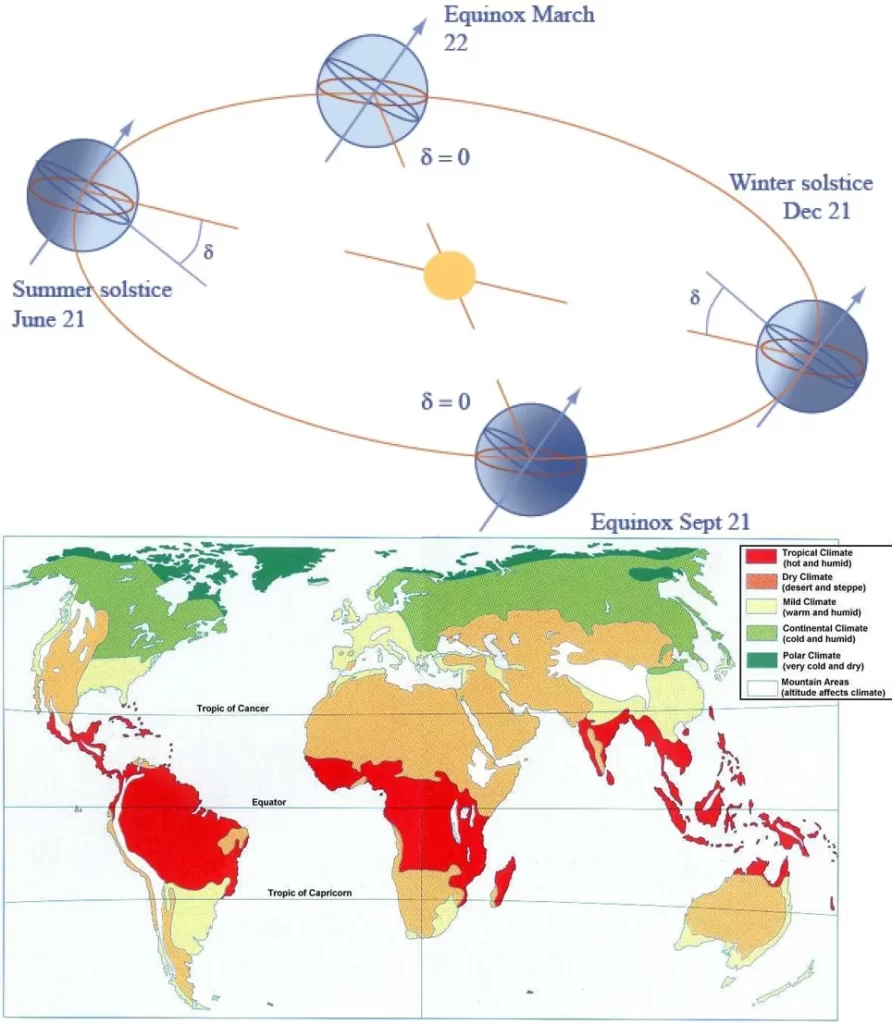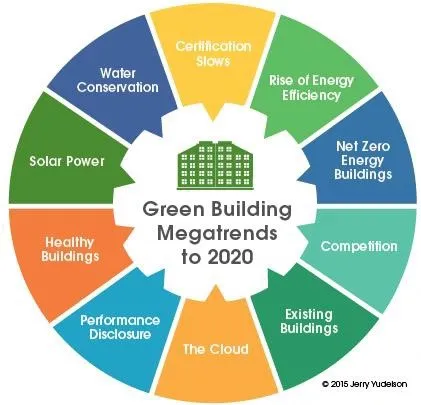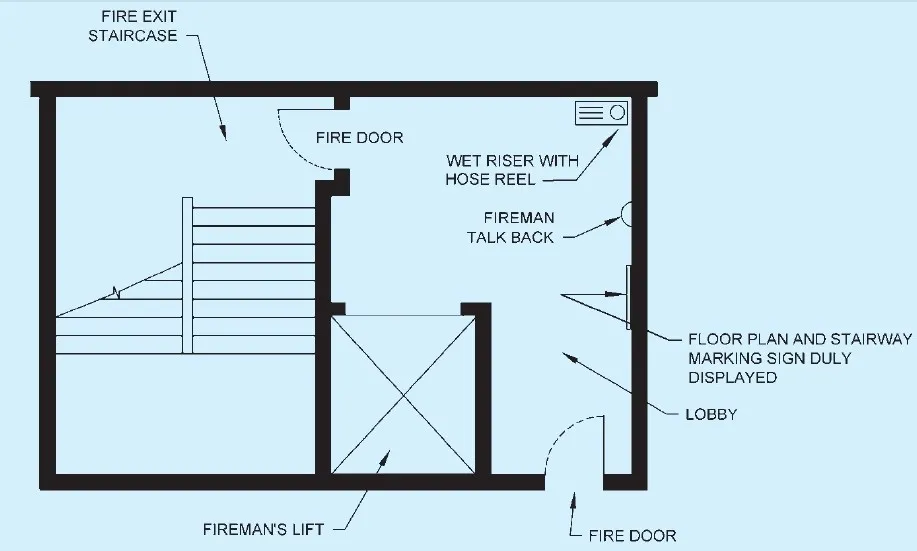WELCOME TO
ALL ABOUT ADVANCE STRUCTURE
Architectural information for beginner architects and students
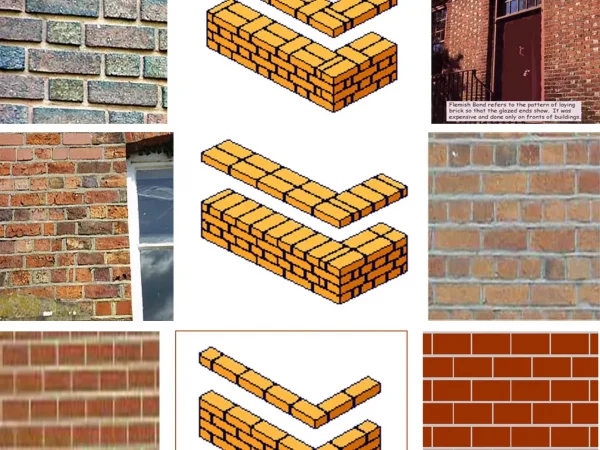
WALL IN ARCHITECTURE
Walls in architecture serve a multitude of purposes, including providing structural support, creating enclosure, defining...
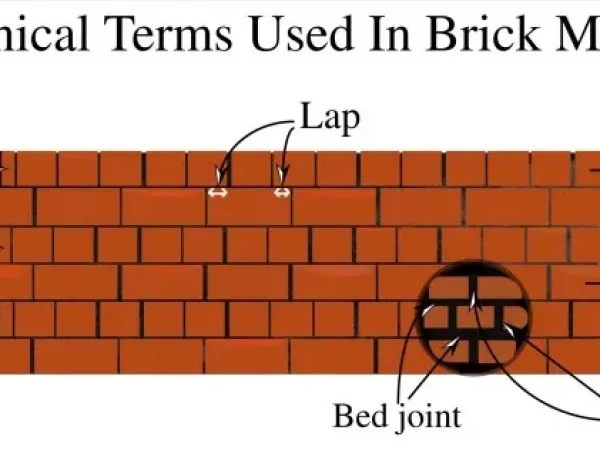
BRICK MASONRY
Brick masonry is a construction technique that involves using bricks and mortar to create walls, buildings, and other structures...
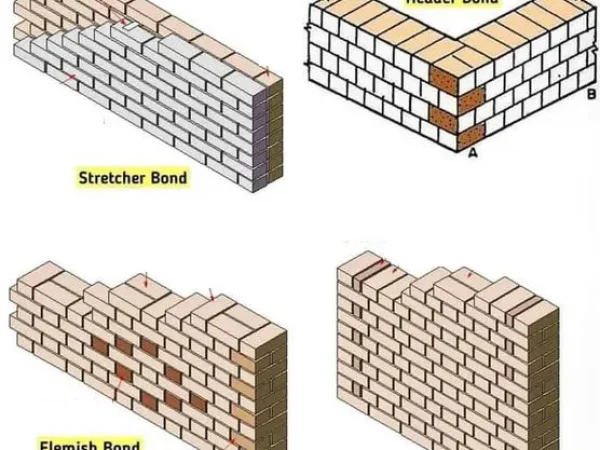
TYPES OF BONDS IN BRICK MASONRY
Brick masonry is a type of construction that uses bricks as the primary building material. The way in which the bricks are laid...
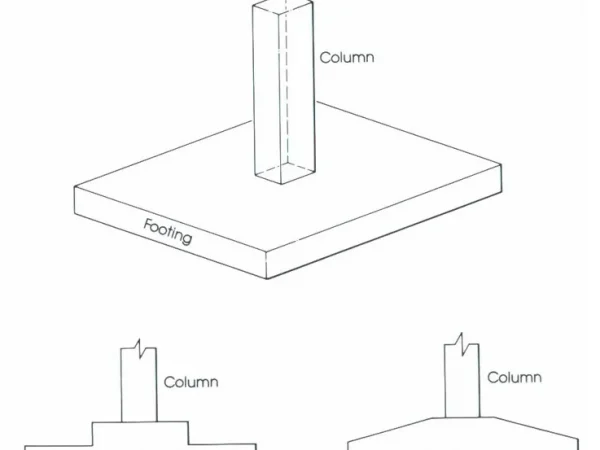
TYPES OF FOOTING
Footings are a type of foundation that distribute the weight of a structure to the underlying soil or rock. There are different types...
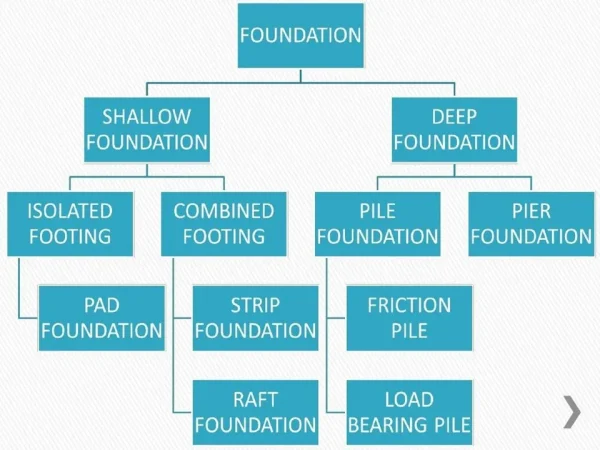
TYPES OF FOUNDATION
Foundations are structures that support the weight of a building or other structures and transfer it to the underlying soil or rock...
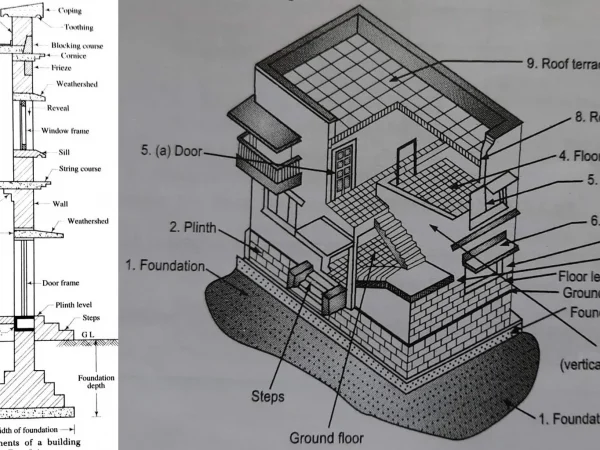
COMPONENTS OF A BUILDING
In general, a building is made of several components such as Foundation, Basement, Plinth and plinth level, Walls and piers...
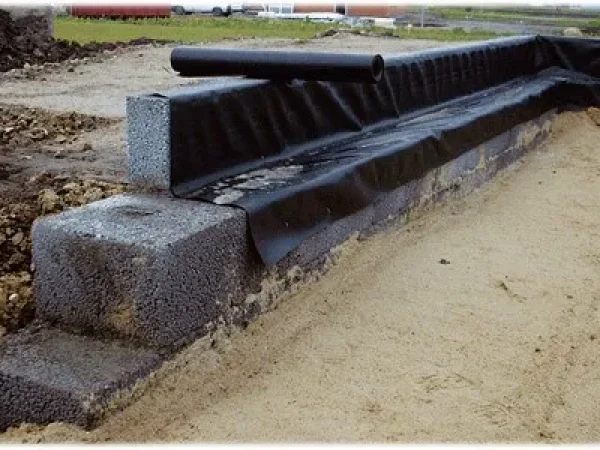
DPC AND WATER PROOFING
DPC (Damp Proof Course) and waterproofing are two important concepts in building construction that play a crucial role...
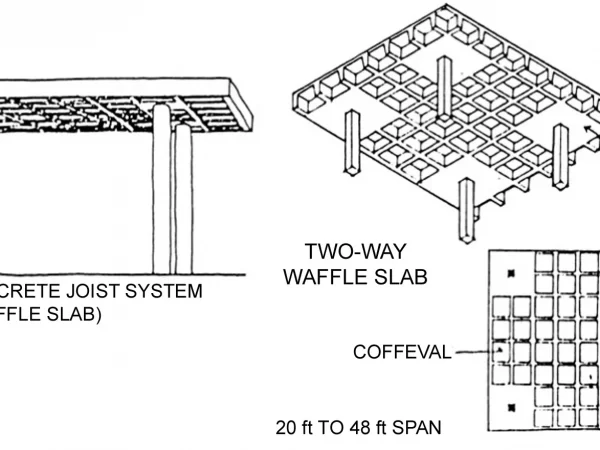
WAFFLE SLAB
A waffle slab is a type of reinforced concrete slab that features a unique grid-like pattern of concrete ribs on the underside of the slab...
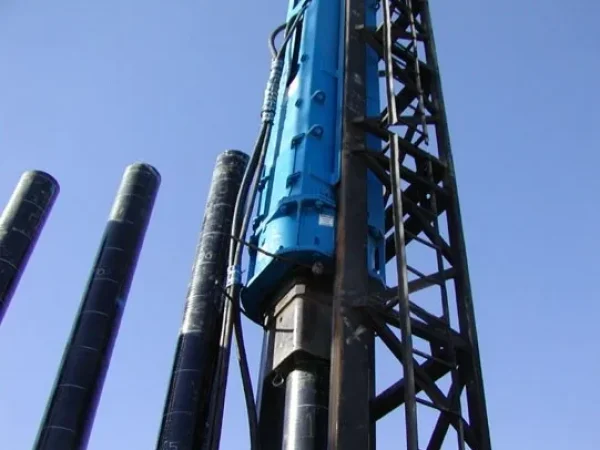
INTRODUCTION OF PILE FOUNDATION
Pile foundation is a type of deep foundation used to transfer structural loads to deeper layers of soil or rock. It consists of long...
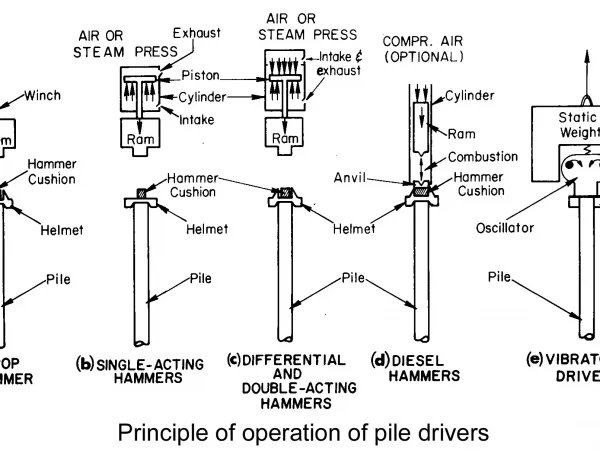
PILING EQUIPMENT AND METHODS
Piling equipment and methods are used in construction to create deep foundations that can support heavy loads. Some common types...
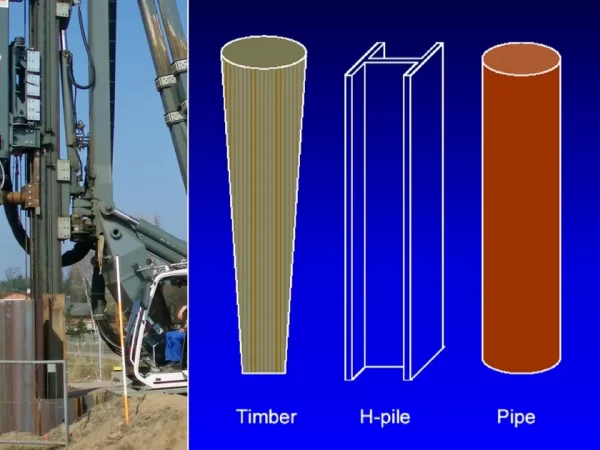
DURABILITY AND PROTECTION OF PILE FOUNDATIONS
The durability and protection of pile foundations are crucial to ensure their long-term performance and prevent potential failure...
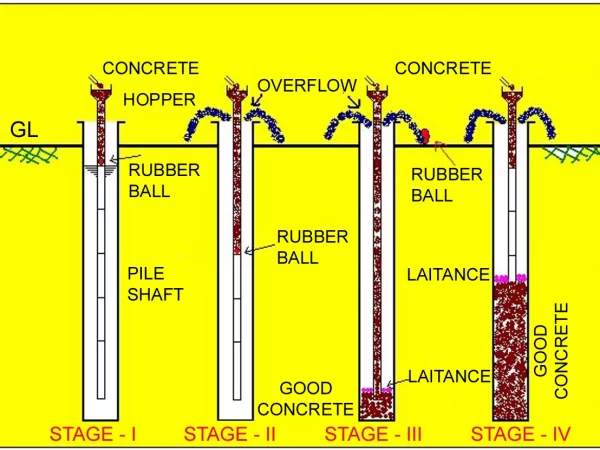
DESIGN AND ANALYSIS OF PILE FOUNDATION
Design and analysis of pile foundation involves the determination of the required number, type, and size of piles...
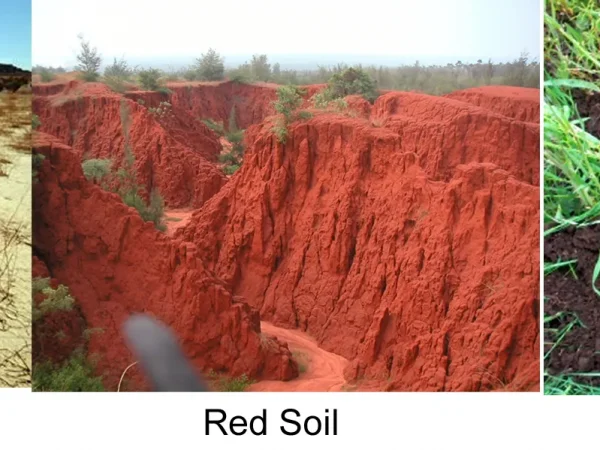
THEORY OF SOIL IN ARCHITECTURE
The theory of soil in architecture revolves around understanding the properties of soil and using it to create sustainable...
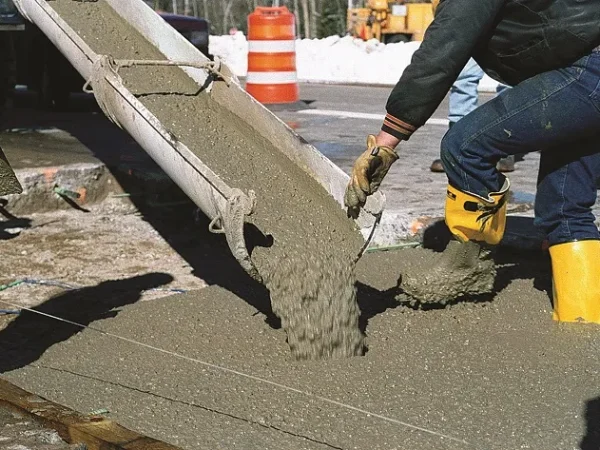
CONCRETE MIX DESIGN
Concrete mix design is the process of selecting the proportions of the ingredients in a concrete mix to produce a concrete...

PROPERTIES OF CONCRETE
The properties of concrete can vary depending on the mix design, which is determined by the ratio of these ingredients...
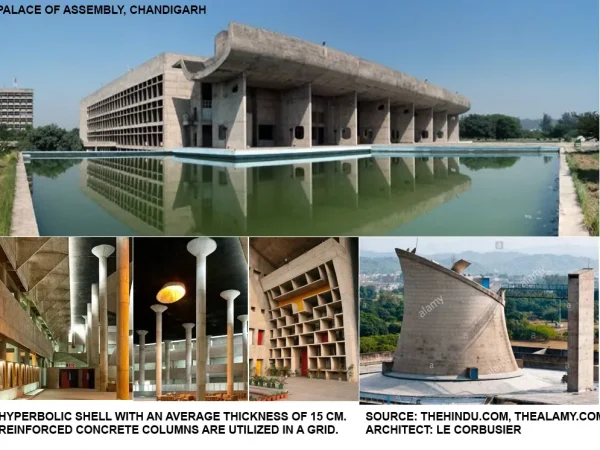
TYPES OF CONCRETE AND THIER USES
There are different types of concrete that are used for specific purposes, depending on the intended application and environment...

CONCRETE AND RCC CHARACTERISTICS
Concrete and RCC (Reinforced Concrete) are commonly used building materials with distinct characteristics. Here are some more details...
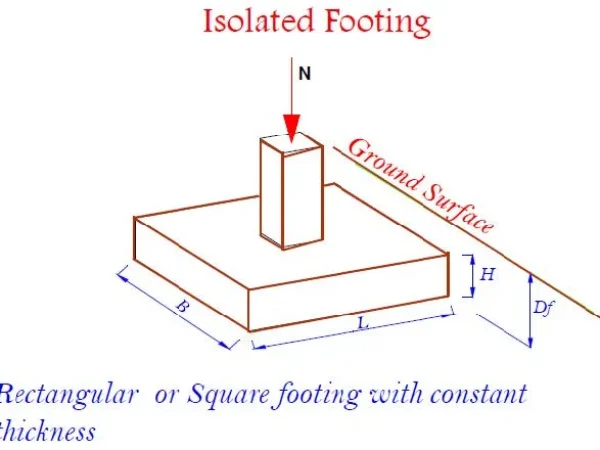
DESIGN CONSIDERATIONS FOR ISOLATED FOOTING
Isolated footings are a common type of foundation used to support individual columns or piers in a building or other structure...
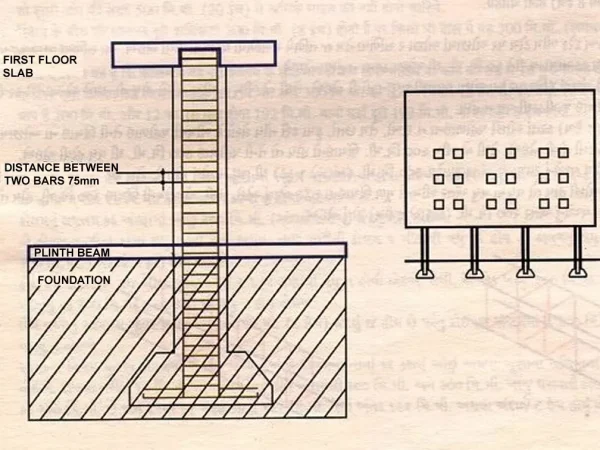
GUIDELINES FOR USE STEEL RODS IN RCC CONSTRUCTION
Using steel rods, also known as reinforcement bars or rebars, is an essential aspect of reinforced concrete construction...

DIFFERENCE BETWEEN BONDS IN BRICK MASONRY
In brick masonry, a bond refers to the pattern in which bricks are laid in relation to each other. There are several different types...
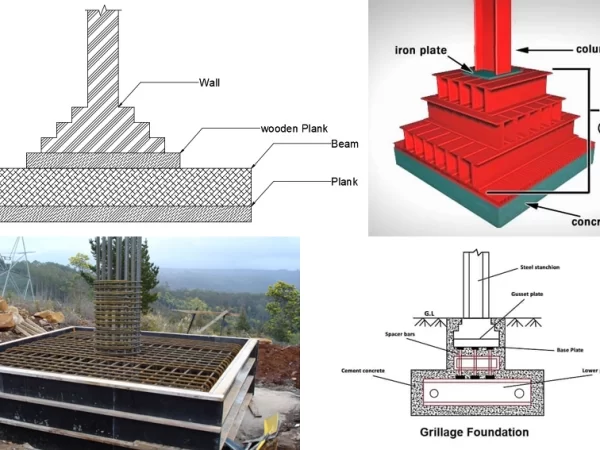
GRILLAGE FOUNDATION
Grillage foundation is a type of foundation that is commonly used in the construction industry. It is a framework made up of steel...

DIFFERENCE BETWEEN ONE WAY AND TWO WAY SLAB
Slab is an important structural element generally constructed horizontally to provide flat surfaces such as roof, ceiling, floor, etc...

SPACE FRAME STRUCTURE
A space frame structure is a three-dimensional architectural framework composed of interconnected struts or bars. It is designed...
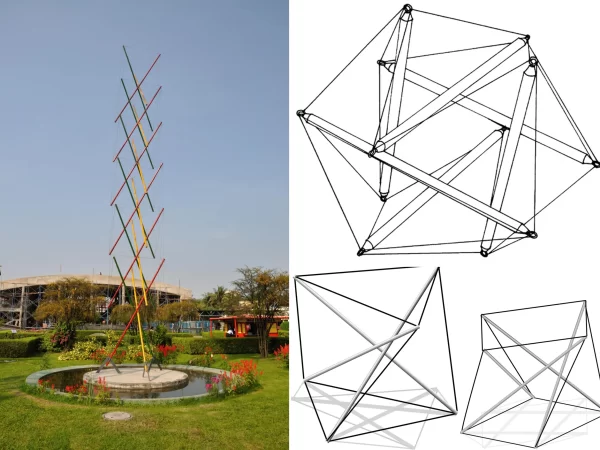
TENSEGRITY STRUCTURES IN ARCHITECTURE
Tensegrity structures are architectural designs that rely on the balance between tension and compression to create stable...
